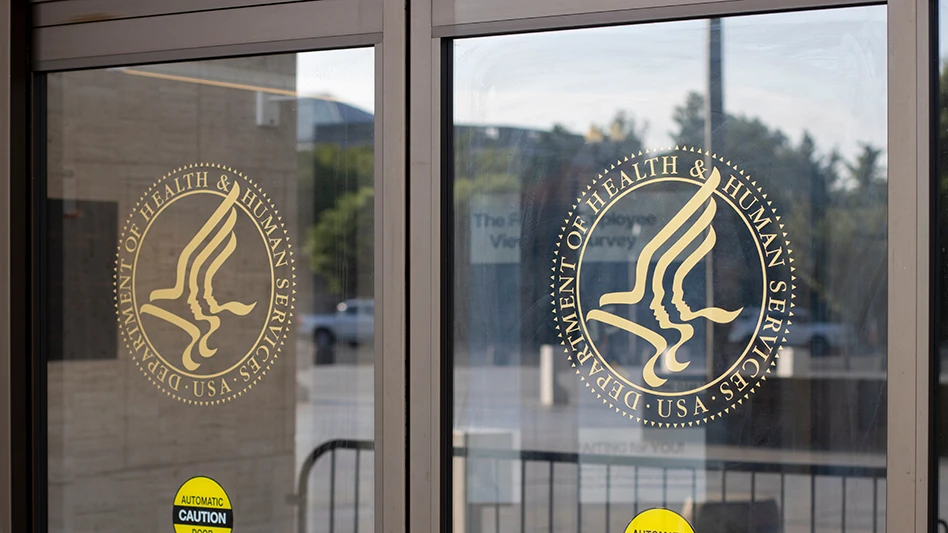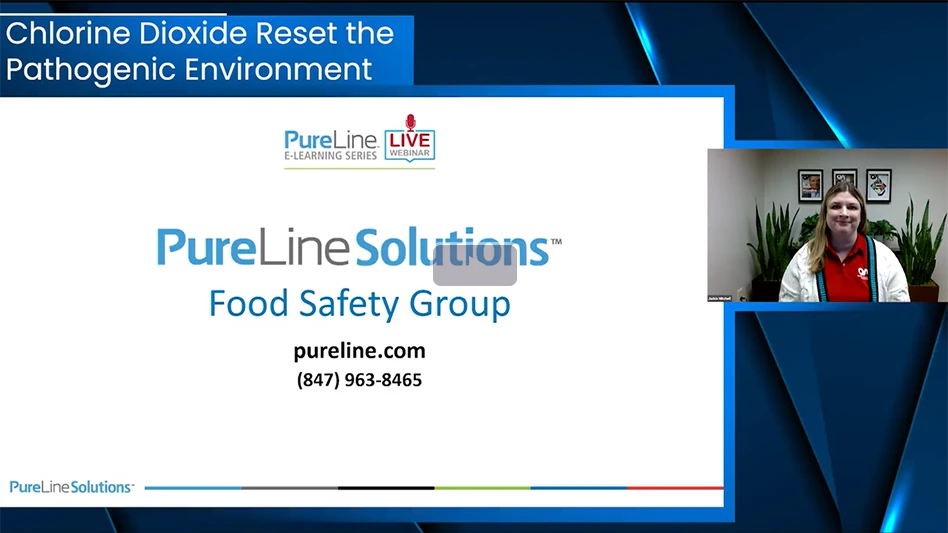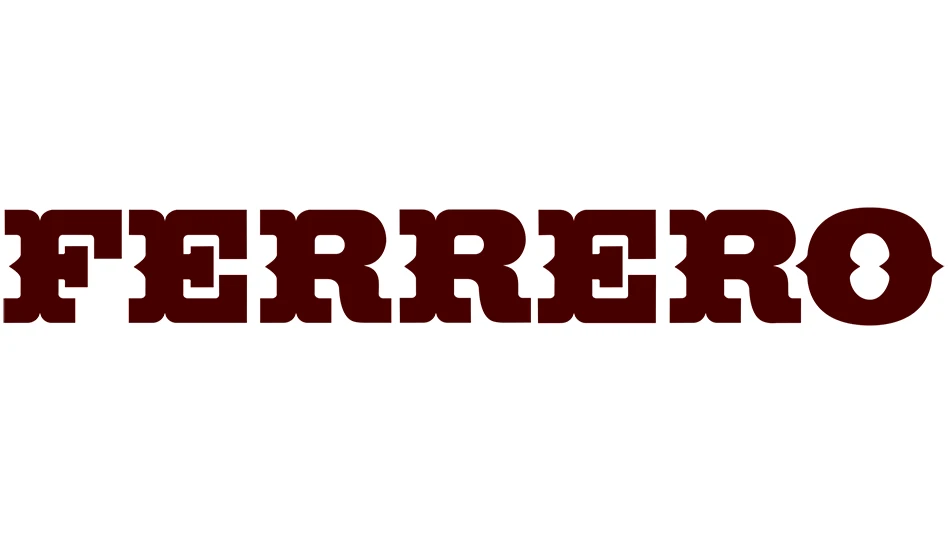
Pest presence in any food environment is unacceptable. An effective integrated pest management (IPM) program will help ensure you have a safe food product. When selecting a pest control company, you should be proactive to guarantee the service provider meets your company’s specific needs. That means doing your homework and asking the right questions before signing a contract, then following up regularly to ensure the program is working. To get started, consider the following:
REGULATIONS. The U.S. Environmental Protection Agency (EPA) is responsible for regulating pesticides, but pest control licenses and insurance requirements vary by location and typically fall under the regulation of the state in which your facility is located.
For example, in Texas the Texas Department of Agriculture (TDA) regulates pest control services (Title 12, Sec. 1951.001 — Texas Structural Pest Control Act). The TDA’s Structural Pest Control Service (SPCS) licenses and regulates technicians who apply pesticides in and around structures. According to the TDA, “Anyone who is in the business of pest control, including small companies owned and operated by a single individual, must have an SPCS commercial license.”
Some state laws, rules, and regulations are stricter than others; copies of applicable laws and guidelines usually can be obtained from the state agency regulating the industry or through its website. You also should be aware that some states have regulations at the county level with which you must comply. If you operate facilities in multiple states, you must comply with the laws, rules, and regulations of all states where your facilities are located.
The appropriate state and county regulatory offices also can provide information about any testing requirements for companies and individuals providing pest control services. They also handle complaints against companies and individuals, so they are a good place to start when researching a company.
Regardless of what state you are in, questions you should ask up front include:
- What licenses does the company have, and how long has it been licensed?
- Are the company and its pest control applicators in good standing with the government agency?
- Have any complaints been filed against the company or its employees?
RESOURCES. If you find that complaints have been filed against a company you are considering, check further with the regulatory body to determine the nature of the complaints, including how many have been filed and if they have been resolved.
Keep in mind that if a company has many complaints or if the government agency has filed a regulatory action or civil lawsuit against the company or any of its representatives, it is a major red flag. Also, know that in some states you may find that details about complaints are confidential and you may not be allowed access to them. Hopefully, you can at least determine if any complaints have been filed. Then, probe the company for details and resolutions.

Another excellent source of information about local, licensed pest control companies is the National Pest Management Association (NPMA). The NPMA is a non-profit trade organization with more than 7,000 company members worldwide that offers a “Find a Pest Control Professional” that lists pest companies in specific areas.
Gather as much information as possible before signing a pest control services agreement. Know the company with which you are doing business, because pest management is critical to your operation.
INSURANCE. Active certificates of insurance are also a requirement for pest control providers in many states. Policies typically cover bodily injury and property damage. During most third-party audits, expiration dates on policies are reviewed to ensure the policy is active and valid. Auditors are typically not looking for how much insurance a site has. However, you should consider that any active liability insurance policy should ensure that if someone makes a mistake while in your facility, the IPM service provider can pay for all costs related to any liability or damages associated with the error. For example, in the past, a pest control company failed to notify a food facility that it had sprayed pesticides on the equipment used for food processing. The equipment was not cleaned and sanitized after the pest company left, resulting in contaminated food leaving the facility.
Consider having your legal counsel review the service provider’s insurance policy to ensure the company has sufficient coverage. A good business practice is having a current copy of policies on file and/or readily available through electronic records. Also, most insurance policies and licenses are renewed annually. Be sure that the company and its representatives’ licenses are up to date at the time you receive service.

EMERGENCY CALLS. Another good business practice is having emergency call procedures for allowing pest control service providers to have access to your facility on a 24/7 basis in case of emergencies. For this, you will have to decide how the pest control company will gain access.
For example, do you want them to have a key to your facility or security codes to your entry systems?
You may want to receive legal guidance before deciding how to address this matter. However, it is an important consideration because, depending on the pest control problem identified, waiting until the next day may not be acceptable.
Your emergency response plan also should identify one or more of your employees responsible for managing the emergency procedures, and someone should be assigned to follow up to ensure the identified problems were addressed in a timely manner.
FACILITY ASSESSMENTS. Historically, many facilities have used checklists to state if certain pest control tools were being used, such as traps. Now, more detail is required on audits, such as a statement as to where the traps are being used and if they are effective. Providing more detail ensures that your pest control program is working. Some questions that should be answered by your assessment include:
- Who is doing the assessment?
- Do they understand pest biology?
- Are they evaluating the facility and its surroundings to determine if there is additional pressure?
- Are they looking at the building structure and condition to determine harborage areas?
- Do they understand the products produced and the insect species associated with the product?
- Are they looking at seasonal issues? (For example, if the facility is near an agricultural field, there may be increased pressure on your facility after harvest when that external food source is eliminated.)
- Could the site benefit from additional monitoring tools, such as pheromone traps?
- What are the issues identified on the service reports?
- Are corrective actions being taken to address these?
- Are the corrective actions effective?
- What can you learn from the monitoring device documentation?
- Do you need more devices or could you use fewer?
- Where are the devices placed and how often are they checked, replaced, or removed?
- Are enough devices being placed to eradicate the problem?
AUDIT STANDARDS. If you use an outside pest control company, it will be beneficial for your technician to understand, or at least be familiar with, the audit standards with which the facility is required to comply for pest control. The service provider should be familiar with the applicable IPM sections based on the audit scheme.
Most inspection and audit schemes require that pest control employees have documented training on GMPs and facility rules to include some security training. This can ensure that the production floor rules will be followed, even by visitors. It also may be beneficial to have the IPM service provider in attendance when this section of the documentation is reviewed to answer any questions that an auditor may have.
THE PARTNERSHIP. There is more to pest control than just checking rodent traps. The IPM service provider is your partner in identifying issues and ensuring that you comply with the laws and regulations for the county, state, and country in which the facility is located. For example, pesticide application documentation is provided to demonstrate that label application requirements are being met.
In most countries, the requirements defined on the pesticide label are the law. Reviewing labels and documentation will verify that the use of a pesticide meets label requirements. The person providing IPM services for your facility should be familiar with the types of pests you may get in your facility based on location and the types of products and commodities produced or stored. The only way to know if they have this knowledge is to ask. Explain your business operation and determine if they have experience with similar facilities. They must be able to identify different kinds of pests and know how to control and eliminate them with the best solutions for your type of facility. This may differ from site to site.
ORGANIC. If your facility produces or stores organic foods, you may want your pest control company to apply organic products. For example, organic pest control products can include diatomaceous earth, boric acid, pesticide-free traps, and monitoring blocks that do not contain poison. Before placing any pesticides, the pest control company should discuss habitat modification. If you are considering organic pest control, ask questions such as:
- Does the company have organic certification? If so, through which organization is it certified?
- Does it service other organic facilities? If yes, how many?
- How many technicians are trained to service organic facilities?
- Does it offer training for your staff?

STAFF ENTOMOLOGIST. Many pest control companies have a staff entomologist, who studies or is an expert in insects, or have access to one. It is common practice that when an employee sees an insect, the insect is saved in a plastic bag or bottle and sent to the pest control company for evaluation. An entomologist is invaluable not only in identifying the insect, but also in understanding pest biology and making recommendations for treatment and elimination of food sources, ideal living conditions, and potential harborage points.
“Entomologists also can distinguish between local species and those not found in the region,” said Copesan Director of Technical Support and Regulatory Compliance Bennett Jordan. “Finding a species in your facility that is not present in your geographic area could point you toward a supplier issue. For example, Turkestan cockroaches are found in the American Southwest. If one shows up at an Ohio facility, you will want to look at your ingredient supplier from New Mexico as being a potential source of the pest.”
Not all pests are insects. Rodents, birds, and other non-traditional pests like wildlife and even domestic animals can impact the facility.
CURRENT KNOWLEDGE. Ask the pest control company you are considering how it stays up to date on current events and changes in pest control regulations. Is it affiliated with trade organizations such as NPMA or the National Pest Technicians Association (NPTA)? If it is located in Europe, is it a member of the Confederation of European Pest Management Associations (CEPA)? Does it participate in state or local associations that provide training and updates; receive agricultural extension bulletins; and/or make use of university or other programs to enhance their employees’ skills and training? If not, why not?
DOCUMENTATION. You and your staff should understand the information provided by your pest control professional. Because many companies have their own way of documenting similar information, you should sit down with the company and learn how to interpret its reports.
Copesan Director of Field Operations and Quality Dominique Sauvage feels strongly that pest control management requires a team effort, and that meetings between you and the pest control company should be ongoing. Occasionally, you also may feel a need for further explanation on something in the report. For example, a trending report shown in graph form may show “exterior bait-100.” Does that mean there were 100 mice outside eating the bait? Does it mean 100 bait stations were placed? Could it mean that 100 grams of bait were consumed? You need to understand what is being documented to truly know what the data is telling you.
COST OF SERVICE. A common mistake a company can make is hiring the least expensive company instead of the best company for its site. In the short term, there may be cost savings but in the long term, the service provided by a technician who is not well versed in IPM for food production facilities may cost you your reputation.
“A common misconception about pest management programs is that pesticides and equipment are a large portion of the cost of service to a food processing facility,” said Rentokil Steritech Vice President of Technical Services for North America Judy Black. “On the contrary, responsible companies only use pesticides when necessary and when used, pesticide applications are very targeted. People are our largest cost. Companies that invest in their people through training and education tend to have higher contract costs. Pest companies that do so see that as an investment in protecting their brand and yours.”
Regardless of your company’s size, you should have an active and effective pest control program to ensure a safe food product free from harmful bacteria. Don’t take hiring a pest control company lightly. Ask for references and research its reputation. The company must be properly licensed and insured where applicable.
Select your pest control provider carefully to be certain they understand the nature of your specific business and the kinds of pests you are most likely to encounter in your facilities. Once an IPM program is in place, carefully manage it for effectiveness. That means meeting with your pest control service provider regularly to ensure the program is working.
The author is an AIB Food Safety Professional.

Explore the June 2017 Issue
Check out more from this issue and find your next story to read.
Latest from Quality Assurance & Food Safety
- Kim Heiman Elected to Second Term as President of Wisconsin Cheese Makers Association
- FAO Launches $150 Million Plan to Restore Ukrainian Agricultural Production
- Pet Food Company Implements Weavix Radio System for Manufacturing Communication
- Penn State Offers Short Course on Food Safety and Sanitation for Manufacturers
- USDA Announces New Presidential Appointments
- FDA to Phase Out Petroleum-Based Synthetic Dyes in Food
- IFT DC Section to Host Food Policy Event Featuring FDA, USDA Leaders
- CSQ Invites Public Comments on Improved Cannabis Safety, Quality Standards





